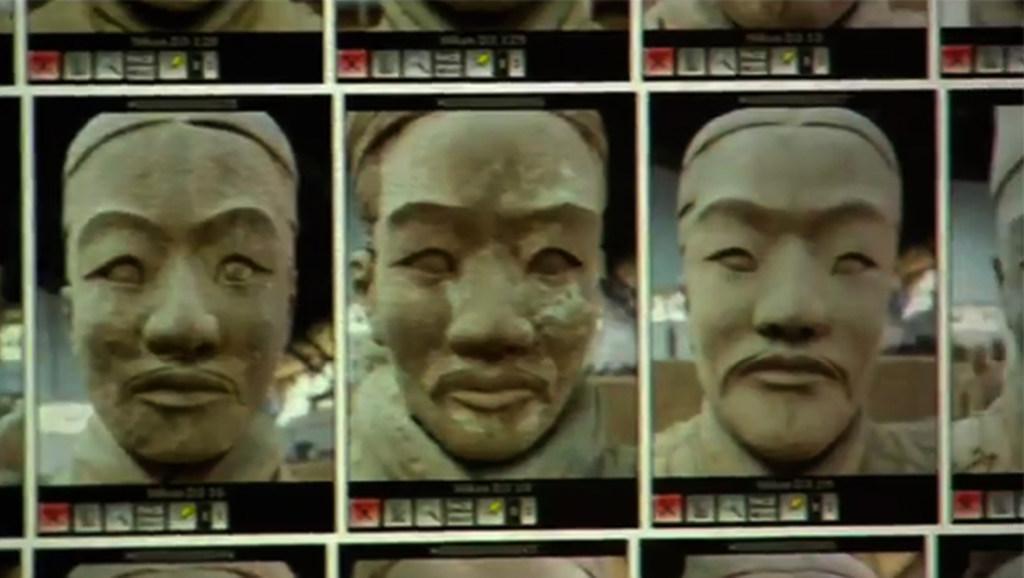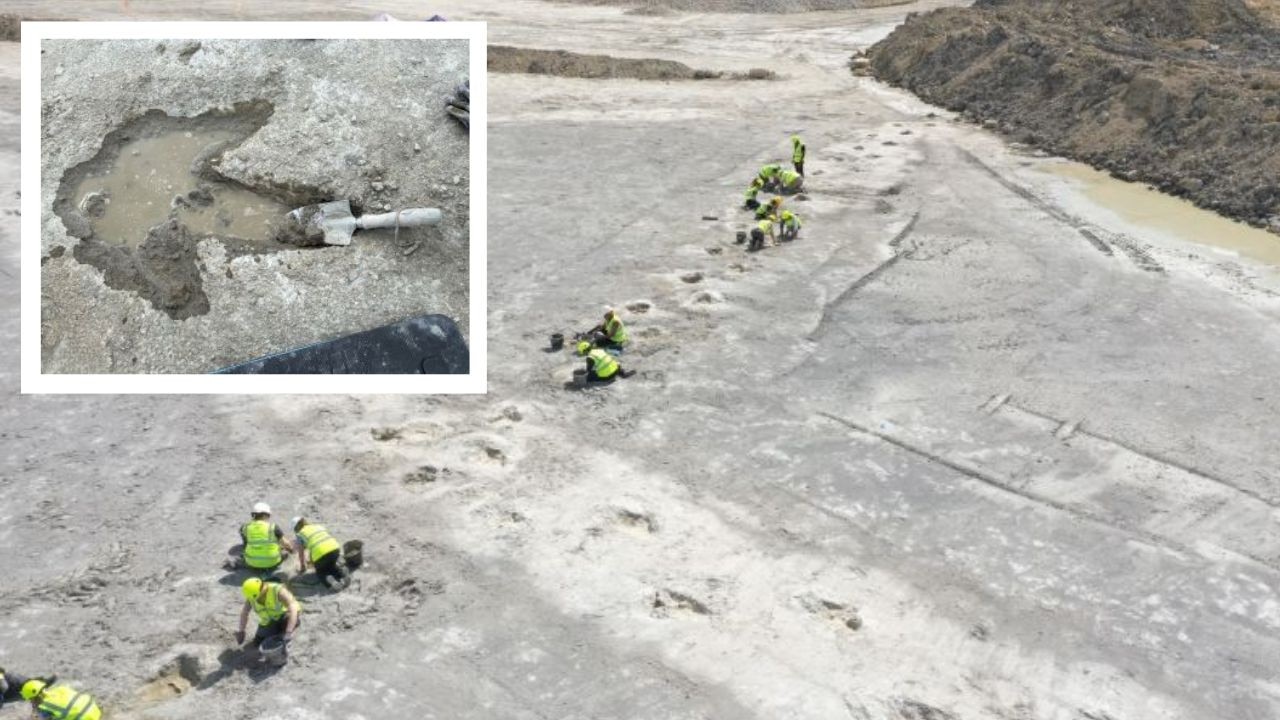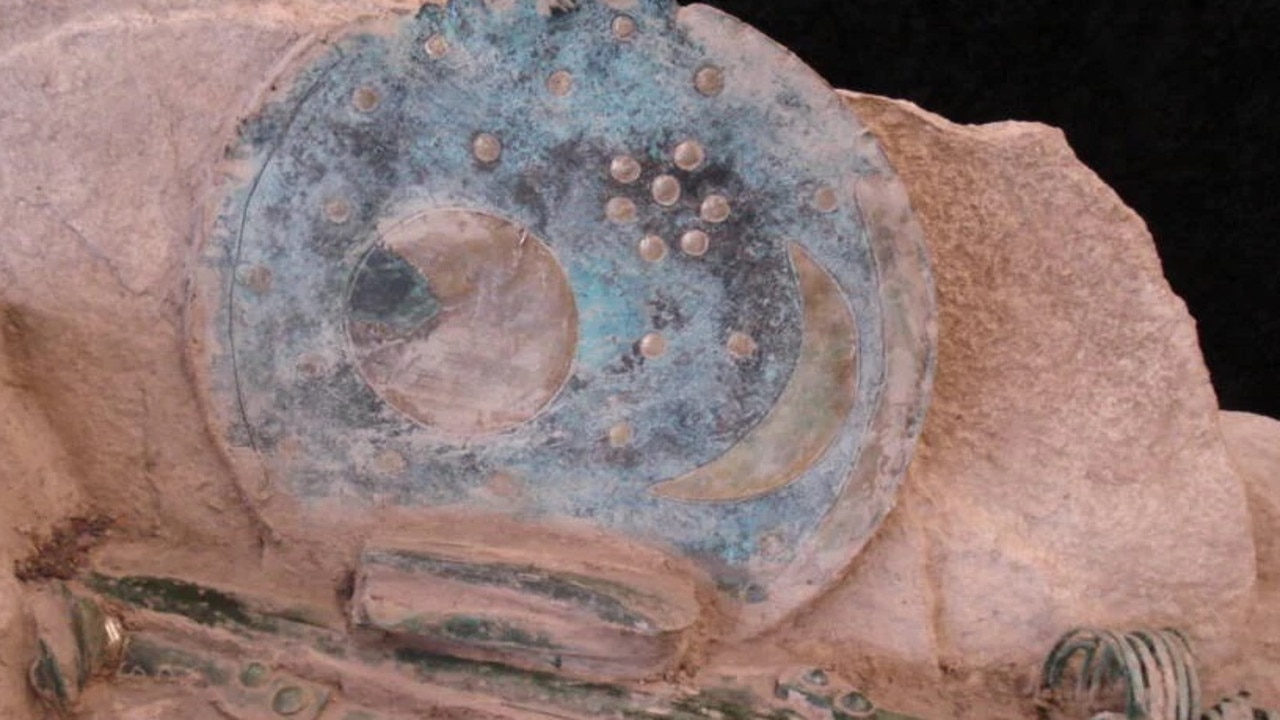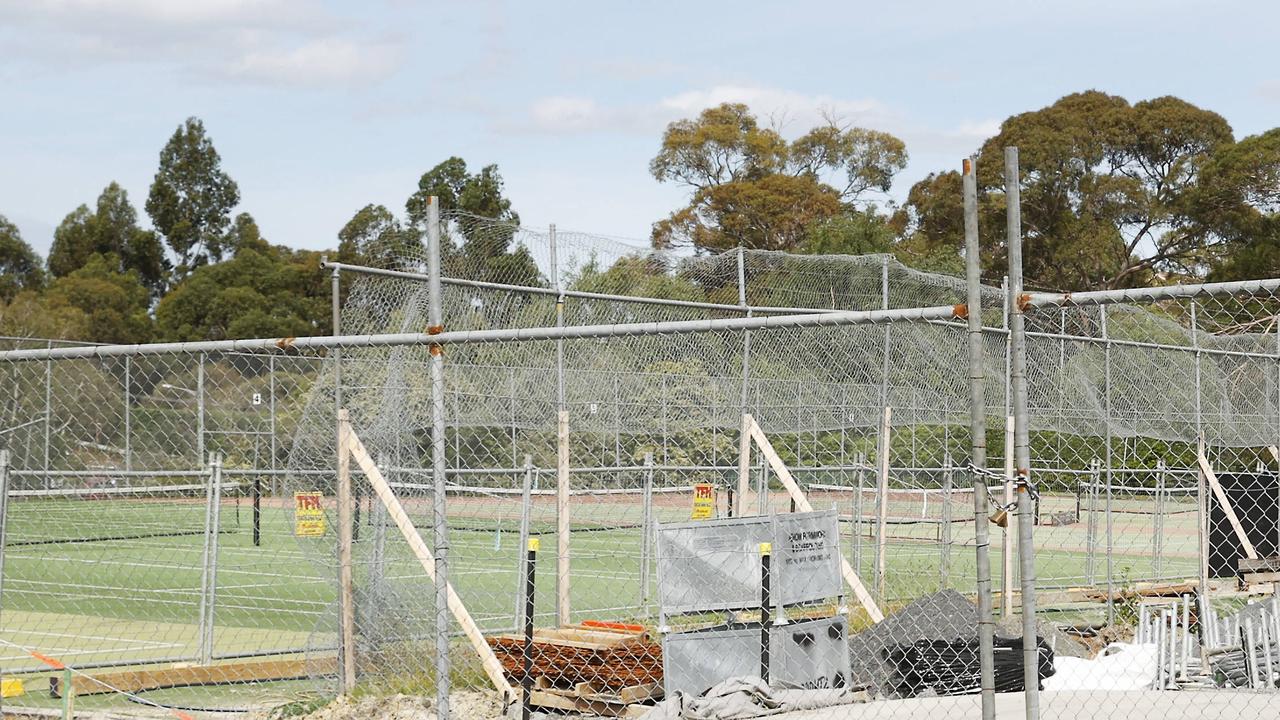New 3D imaging tech could finally solve the mystery of the Terracotta Army
THE story behind the Terracotta Army has been plaguing archaeologists for decades, but now one of man’s biggest mysteries could finally be solved.

ON 29 March 1974 a group of farmers were digging a water well in the Shanxi province in China, when they came across one of the greatest marvels in human history, The Terracotta Army.
An army of some 8,000 Terracotta Warriors depicting the armies of Qin Shi Huang, China’s first emperor, were found in his tomb where they were placed to protect the emperor in the afterlife in 210–209 BCE.
One of the great mysteries that surrounds the Warriors is whether they were built using a template or were based on real soldiers from the Emperor’s army.
Many experts have speculated that it is indeed the latter because the detail in their faces suggest that every Warrior is individual.
Now new 3D imagine technology may finally be able to solve the mystery once and for all.
A team of archaeologists are taking high-quality photos of 30 different warriors from different angles to analyse how different they really are. The images are fed into an algorithm and a 3D image is then produced to be analysed for any similarities.
Nature magazine reports that the team studying the Warriors has found that all the ears are unique and may have actually been modelled on real people. The team is also looking to analyse other features to deduce whether the Warriors vary in ethnicity.
It’s all in the very early stages, but it looks like the answer is closer than ever.



